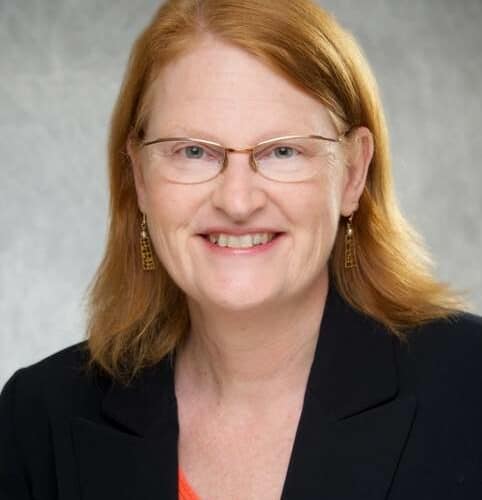Dr. Sluka is currently Professor of Physical Therapy and Rehab Science at The University of Iowa in Iowa City, Iowa, USA. She has been in the pain field for 30 years and an IASP member for 25 years and attended all of the IASP World Congresses on Pain since 1993. IASP talked with her about her research. For more information, please visit the Neurobiology of Pain website.
What topics does your current research/ clinical practice cover? How does this affect the public?
My research focuses on the neurobiology of musculoskeletal pain as well as the mechanisms and effectiveness of non-pharmacological pain treatments commonly used by physical therapists. We are currently focused on the role of the immune system in the analgesia produced by regular exercise, both aerobic and resistance training. We are also examining the factors that contribute to the transition from acute to chronic pain in both animal models and human subjects. Lastly, we are developing methods to implement and increase utilization of non-pharmacological treatments in primary care practice to reduce use of opioids and increase self-management, as well as investigating the effects of TENS in improving physical therapy participation and function in individuals with fibromyalgia. Together these studies provide the scientific rationale for use of non-pharmacological treatments, will provide potential new targets for prevention of the development of chronic pain, and provide increased use of non-pharmacological treatments for chronic pain
Regarding the use of facial expressions, it’s often difficult in everyday care for nurses to look at the face of the patient. Nurses should always look up while getting the patient out of bed, for instance. Because that’s challenging, maybe having another nurse in the room would help to observe the facial expressions. That’s often missed, and these practical problems have not really been solved.
Do you have collaborators? Why did you choose to work with them and what problem are you trying to solve?
Our group works as a team with collaboration across multiple disciplines each of which provides a unique expertise to accomplish our goals. Each team member and collaborator is chosen to provide strengths that complement the team’s abilities. As a group, we ultimately want to provide the best possible care to people with chronic pain and prevent the development of chronic pain.
What do you think is the next big “hot topic” in the pain field?
This type of question is impossible to answer. There are many “hot topics” from brain imaging to immune modulation and epigenetics. However, I don’t think we know what will be the next topic, and which one will lead to new discoveries. I think scientists need to keep an open mind and explore new and risky ideas in order to make novel discoveries that will lead the field forward. These will become the next hot topics.
Why are you an IASP member? Are you involved in any volunteer roles?
I have been a member of IASP since I was a postdoctoral fellow and attend all the scientific meetings. As a member I gain the ability to meet and interact with pain scientists across multiple disciplines throughout the world. I have been actively involved in IASP serving on the council and multiple committees over the years. Volunteering provides the opportunity to make a difference in the field, and IASP as an organization is a true leader in pain management and research worldwide.
If you weren’t in the pain science field, what would you be doing?
I would be an artist, which I currently do as my hobby.
Interested in becoming a member of IASP?
With your IASP membership, you gain access to:
- PAIN Journal
- Pain Education Resource Center (PERC)
- Access to 24 Special Interest Groups (SIGs)
- Online Career Center access
- Discounts on World Congress
- Network of thousands of pain researchers from around the world!
Membership dues are determined by income, the rates of membership can be found at this page of our website.


